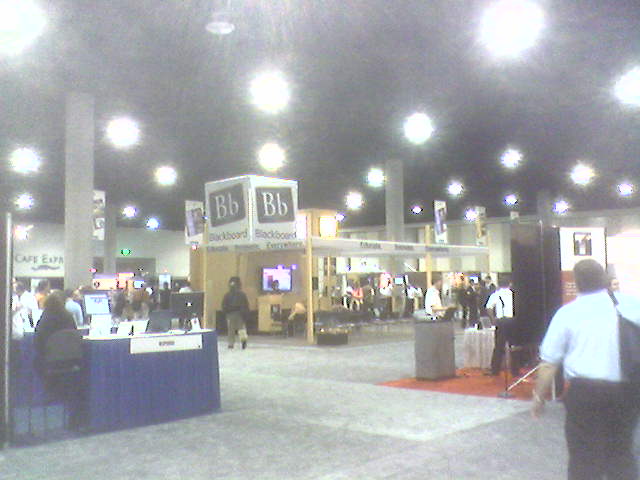 On Saturday I went to the memorial service for a dear friend - Joan Anderson. Her husband Matt is one of my best friends and we have been praying for Joan for 9 years as she battled two rounds of breast cancer. She is the one in the white shirt in the picture - even when she was dealing with the horrible side effects of chemo she would often join a group of us who play volleyball on Sunday afternoons.
On Saturday I went to the memorial service for a dear friend - Joan Anderson. Her husband Matt is one of my best friends and we have been praying for Joan for 9 years as she battled two rounds of breast cancer. She is the one in the white shirt in the picture - even when she was dealing with the horrible side effects of chemo she would often join a group of us who play volleyball on Sunday afternoons.It was a remarkable service as our church was packed with about 600 people who came to celebrate the life of this extraordinary woman. Matt and their three kids spoke at the service and they were unbelievably eloquent. Matt told us that in the 9 years she fought the cancer, he never once heard her complain - not once. Her son told us that the cancer did not beat his Mom because she never let it stop her from doing the things in life that she wanted to do. One of her daughters spoke movingly of her Mom's amazing optimism and the smile that was constantly on her lips. She encouraged us to "pay it forward" by treating people more kindly, by smiling at people who need to see a smile, by focusing on others instead of ourselves. These were all constant traits of Joan - despite the horrendous struggle she faced every day. They told us of her love of dance and how on her last day she came downstairs while her son was playing the guitar and she somehow managed to do some dance steps even while she was hooked up to oxygen and her life on this earth was fading.
I have known some amazing people in my life, and I am blessed with some remarkable friends, but I have never known anyone quite like Joan. The world is a darker place today because of Joan's absence, but I know heaven is a brighter place as she dances with the Lord she loved so much.
The world needs more people like Joan and I hope that her example will lead many of us at that service to be more like her. A little less self-centered, a little more loving, a little more caring, a little more dedicated to being positive and optimistic. Maybe, just maybe, if enough of us act more like Joan, we can help make up for the void that her absence has created in the lives of all of us who knew her. Maybe...






